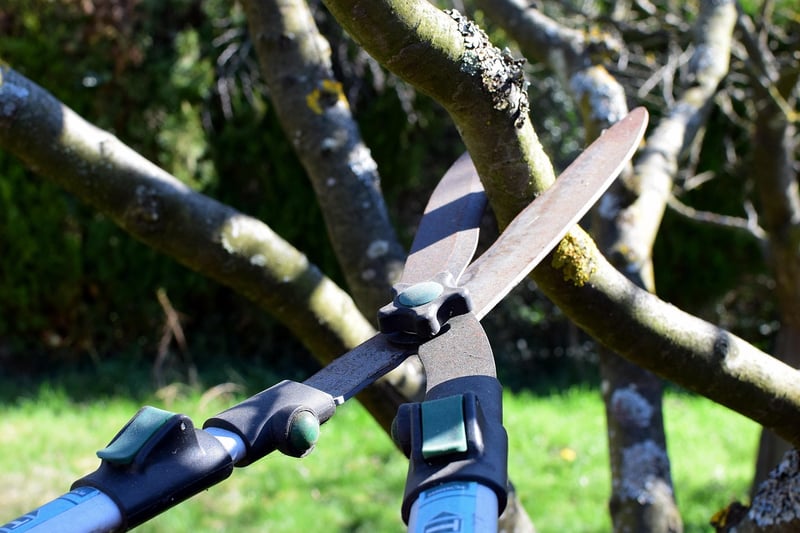Pruning Techniques
Pruning Techniques for Ensuring Plant Health and Growth
Pruning is an essential practice that can promote the health and growth of your plants. By removing dead or overgrown branches, you can improve air circulation, encourage new growth, and shape the plant to enhance its overall appearance. Here are some pruning techniques to help you maintain the vitality of your garden:
1. Tools for Pruning
Before you start pruning, make sure you have the right tools on hand. Essential tools include pruning shears, loppers for thicker branches, and a pruning saw for larger limbs. Keeping your tools sharp and clean will ensure a precise cut and prevent the spread of diseases.
2. Timing of Pruning
The timing of pruning can vary depending on the type of plant. In general, it is best to prune flowering shrubs right after they bloom, while dormant pruning for trees can be done in late winter. Avoid pruning during extreme weather conditions or when the plant is under stress.
3. Techniques for Different Plants
When pruning, consider the specific needs of each plant. For fruit trees, thin out the branches to allow sunlight to reach the fruit. For ornamental shrubs, focus on shaping the plant to maintain its form. Remove any dead or diseased wood to prevent the spread of infections.
4. Pruning Cuts
Make clean cuts close to the branch collar without leaving stubs. Cutting at an angle will help water drain off the wound and promote faster healing. Avoid cutting too close to the trunk, as this can damage the bark and hinder the plant's ability to recover.
5. Training Young Plants
Proper pruning techniques can help train young plants to develop a strong structure. Remove competing branches and encourage a central leader in trees to prevent weak crotches. Regular pruning in the early stages can save you from corrective pruning later on.
6. Monitoring Plant Health
Regularly inspect your plants for signs of disease, pest infestations, or nutrient deficiencies. Pruning can help improve air circulation and sunlight exposure, reducing the risk of common plant problems. Addressing issues promptly can prevent them from spreading to other plants.

By following these pruning techniques and guidelines, you can ensure the health and vitality of your plants while promoting optimal growth and beauty in your garden.
Remember, always research the specific needs of your plants and seek advice from local gardening experts if you are unsure about the pruning requirements for a particular species.
